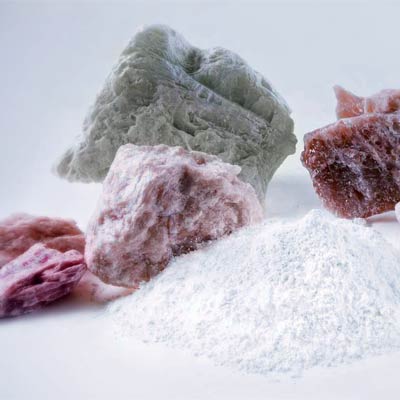Using talc in polypropylene (PP) has several advantages that make PP more suitable for various applications. Below are some of the key advantages that using talc in PP involves:
1. Improved mechanical properties: talc is a lightweight material with a laminar structure; adding it enables substantial improvement in polypropylene’s mechanical properties. This includes PP’s increased tearing strength, shock resistance, elasticity modulus and deformational stability.
2. Improved thermal resistance: adding talc to PP increases its thermal resistance. This enables using PP in products that require high thermal stability.
3. Reduced molding shrinkage: talc enables reducing PP shrinkage during post-casting cooling, which helps decrease deformations and secure more accurate product sizes.
4. Improved structural stability: talc forms barrier layers that prevent mixing of PP molecules and reduce the likeliness of cracking and creeping.
5. Improved electrical properties: adding talc allows improving PP’s electric insulation properties, which makes it valuable for certain electrical and electronic products.
7. Lower weight: adding talc to PP allows reducing product weight, which may be an essential factor for various applications, such as automotive and aircraft industry.
However, it should be noted that each application involves its own unique requirements, and the expediency of using talc in PP may depend on particular conditions. Talc powder size characteristics and other process parameters may also have an impact on the final composite’s properties.






